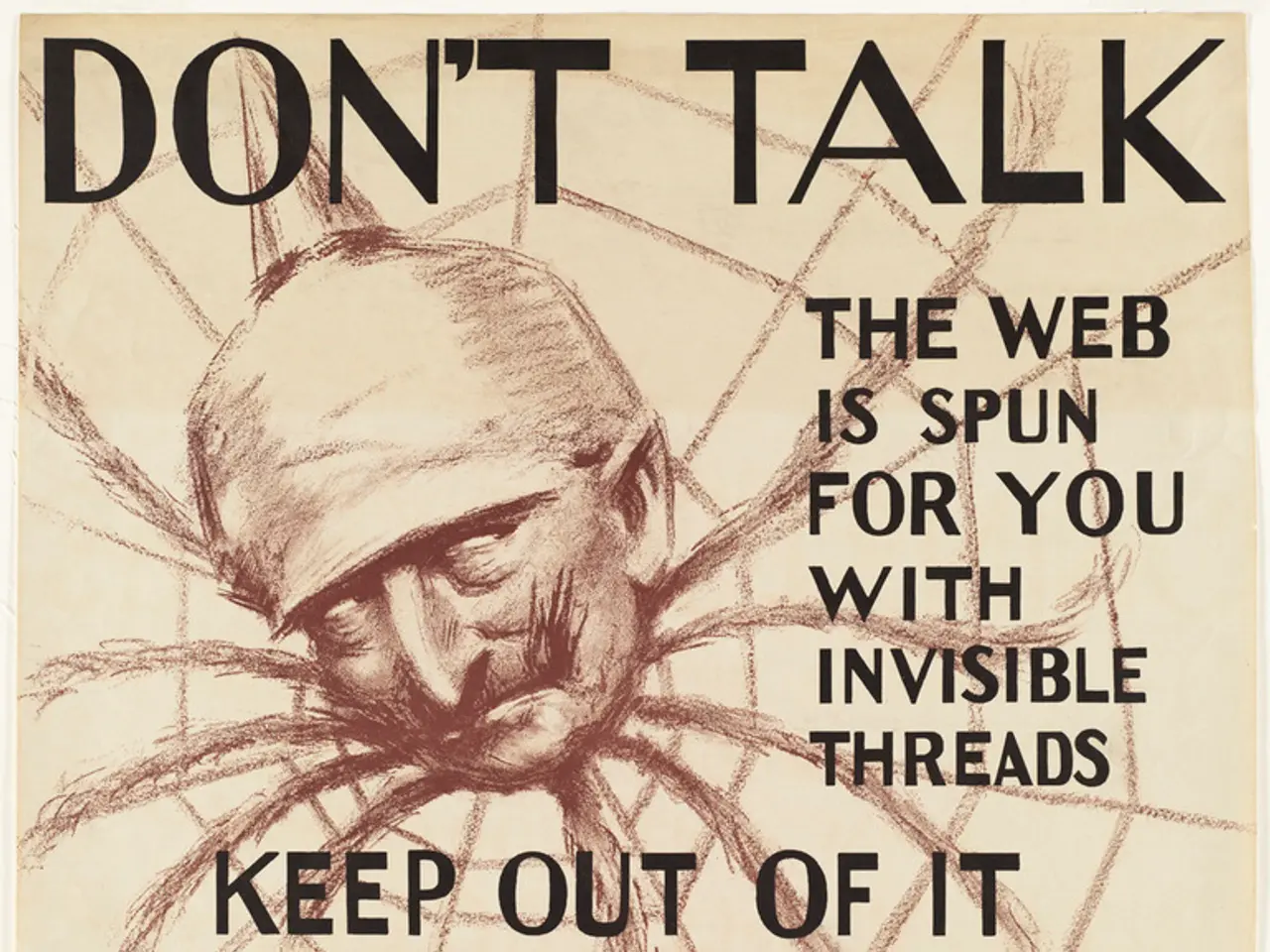Memory Identification: Definition, Traits, and Operation
In the intricate world of memory, recognition memory stands out as a vital component that significantly influences our daily lives. This type of long-term memory enables us to identify or recognise previously encountered information, objects, events, or people, playing a crucial role in navigation, social interactions, and decision-making.
Everyday Functioning
Recognition memory supports our practical lives in numerous ways. For instance, it helps us locate misplaced objects, such as keys, and recognise familiar faces or places, which is essential for social interactions and safety.
Memory Aids and Technology
Modern memory support systems, like smartphone apps that replay memory cues, leverage recognition memory to help people reactivate forgotten memories and alleviate recall failures such as the tip-of-the-tongue phenomenon.
Education and Learning
Recognition memory underpins many mnemonic strategies in education and training contexts, enhancing memory retention and retrieval of important information. It is particularly crucial in exams where students identify previously learned concepts from a set of options.
Improving Eyewitness Testimony
Techniques that leverage recognition memory, such as the Cognitive Interview, help witnesses recall more details accurately by supporting memory retrieval processes. This has practical implications for law enforcement and judicial accuracy, reducing wrongful convictions.
Navigation and Safety
Recognition memory helps us identify landmarks, road signs, and locations as we navigate our environment, and recall familiar routes and recognise objects on the road when driving. This contributes significantly to our safety and well-being.
The Process of Recognition Memory
Recognition memory relies on the brain's ability to store, process, and retrieve memories. It involves external cues, like a picture or a sound, that trigger the memory. The process of recognition memory can be processed in two ways: either through memory/identification or familiarity of a given stimulus or situation.
Factors Influencing Recognition Memory
Several factors can influence the accuracy and efficiency of recognition memory, including individual differences, environmental factors, and the nature of the material being remembered. High levels of stress or anxiety can negatively impact memory performance by impairing encoding.
The Role of the Hippocampus
The neuroanatomical model postulates that the brain region of the hippocampus is essential for memory, while structures close to the hippocampus are essential for familiarity. The hippocampus helps form and organise memory traces, making it essential for recognising familiar objects or events.
Recognition Memory in Social Interactions
Recognition memory helps us recognise familiar faces, places, and voices in social interactions, making them smoother and more natural. It operates through two distinct mechanisms: familiarity and recollection.
Older Adults and Recognition Memory
Older adults might struggle more with familiarity-based recognition, though recollection abilities often remain intact.
Conclusion
In conclusion, recognition memory is a powerful tool that supports efficient information processing by enabling quick confirmation of whether information has been encountered before. It plays a crucial role in our daily decision-making, learning, social communication, and safety. By understanding the mechanisms of recognition memory, we can better utilise its potential to enhance our lives and learning experiences.
References
- Wixted, J. T., & Ebbesen, E. (2011). Recognition memory: A tutorial review. Psychological Bulletin, 137(2), 183-212.
- Fisher, R. P., & Geiselman, R. (1992). The cognitive interview: A review of its history, theory, and effectiveness. Law and Human Behavior, 16(5), 449-465.
- Roediger, H. L., III, & Karpicke, J. D. (2006). Test-enhanced learning: Taking memory tests improves long-term retention. Psychological Science, 17(3), 249-255.
- Cohen, J. D., & Squire, L. R. (2011). The hippocampus and declarative memory: A review of recent findings. Neuron, 69(1), 1-15.
Psychology, science, and health-and-wellness all intersect through the study of recognition memory, an essential component of our daily lives that significantly influences mental health. In the field of cognitive psychology, recognition memory stands out as a fundamental part of long-term memory, enabling us to identify previously encountered information or entities, enhancing learning processes, and aiding in social interactions.
Moreover, modern technology, such as smartphone apps and memory aids, uses recognition memory principles to help alleviate recall failures and reactivate forgotten memories, benefiting individuals' health and mental well-being. Understanding and optimizing recognition memory processes thus promises numerous benefits for education, learning, memory retention, law enforcement, and overall safety.




